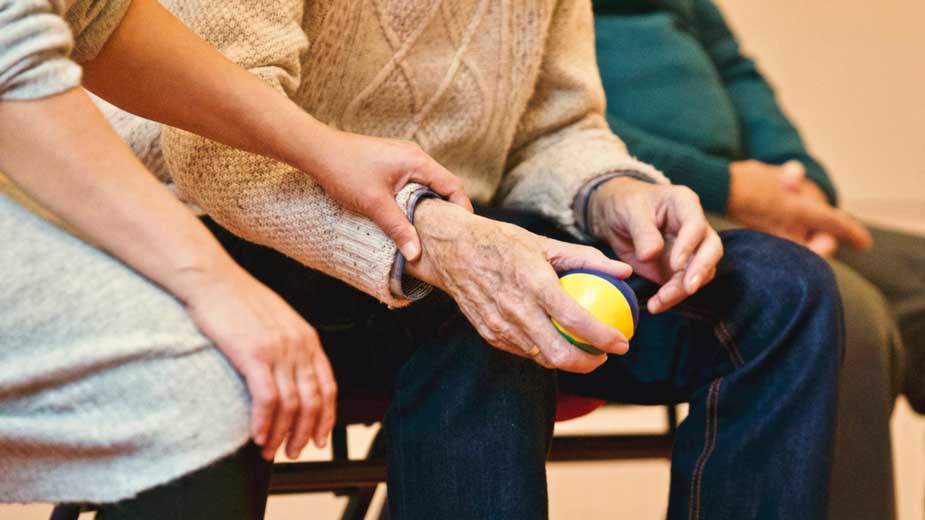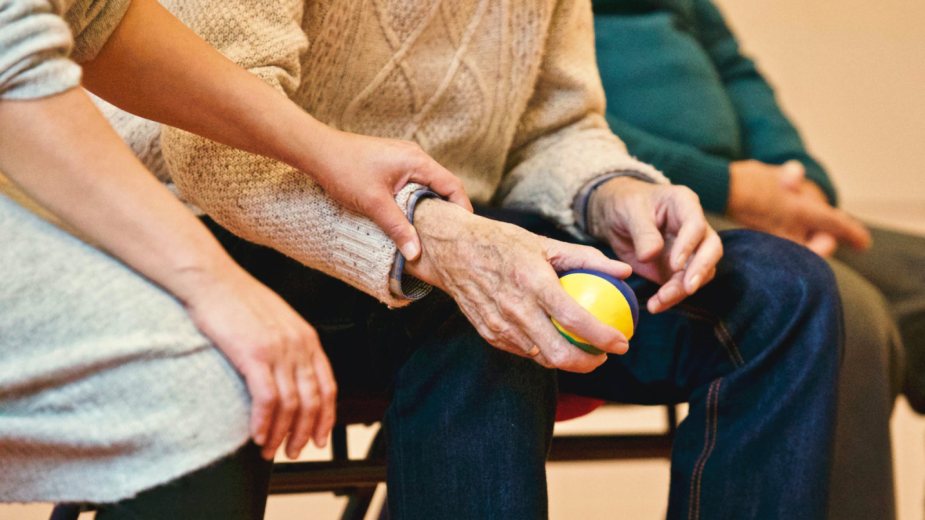Levels of Care in Nursing
LOL. TBH. SMH. Proper grammar has been thrown to the wolves in exchange for texting acronyms — some of which are intuitive, others head-scratchers. Take a peek at your kid’s phone if you want to familiarize yourself with today’s vernacular.
It’s tough enough work spying on our kids to decipher what they’re saying. We do it because we care. But when acronyms are employed on our parents’ behalf, the complexity reaches a whole new level. STNA, LPN, RN :
You have heard the terms, but what do they stand for?
It’s important to familiarize yourself with important acronyms related to our parents’ caregivers at nursing homes and assisted living communities.
Like it or not, we are all aging. Stretch out a tape measure to the number 78.7 – the average life expectancy for U.S. citizens according to the World Health Organization. Now consider your own age and that of your parents. For many of us, there are certainly more years behind us than ahead. It’s a sobering thought.
While the best years might be in the rear view mirror for our parents, it isn’t the end of the road. There are assisted living facilities and nursing homes where our loved ones can maintain and achieve a quality of life. Life will never be the same, but it can still be good. That’s why it’s important to choose the right facility to ensure all parties are comfortable and confident as it relates to patient care.
The right facility’s primary emphasis should be its people – both patients and their families, as well as caregivers. Moving to a new home is a stress on the patient as well as the person who’s made the decision that Mom or Dad can no longer live at their old address. Emotions are high. It’s the facility’s job to promote independence while preserving the dignity of the patient.
To ensure that patients receive the care they deserve at this most fragile state of life, a nursing facility needs to employ a trained staff that can anticipate patients’ needs. A key part is its nursing staff. That’s where our acronyms come in: STNA, LPN, RN.
STNA - State Tested Nurse Aide: An STNA is someone who works with a facility’s nurses to provide supervised, direct care to a patient. This particular aide will assist with direct patient care under the supervision of the RN or other medical professionals. An STNA will provide patients with help walking, exercising and moving in and out of bed, as well as feeding, bathing, dressing and assisting patients with grooming and other tasks. To become certified, an individual must complete a nurse aide training program of at least 75 hours that is approved by the Ohio Department of Health. Upon course completion, candidates are tested on knowledge and skills with three attempts allowed to pass the examination.
LPN - Licensed Practical Nurse: A step up in the nursing hierarchy is the LPN whose job it is to provide basic nursing care for patients. LPNs will have responsibilities such as checking blood pressure, inserting catheters and helping to comfort patients by performing tasks such as changing and dressing. LPNs work closely with registered nurses as they are required to report patient statuses to RNs and doctors. It takes about 12 months to complete an LPN program. The shorter time frame is appealing to many because it allows passionate individuals the opportunity to quickly delve into the health care field. Many complete LPN programs at community colleges or technical schools. Once a state-approved and accredited practical nursing program is completed, LPN candidates must pass the National Council Licensure Examination. Once they pass the exam, candidates will be able to begin work as a Licensed Practical Nurse.
RN - Registered Nurse: While an LPN focuses on the “doing,” an RN focuses on the thinking and doing. Registered nurses are responsible for overseeing the duties of the LPN as well as creating patient care plans, charting, updating physicians and administering medication through an IV. The RN acts as the conductor of the facility to ensure that LPNs and STNAs are effectively doing their jobs. An RN is required to complete a state-approved and accredited nursing program that can take anywhere from 18 to 36 months to complete. The length of the program depends upon the type of nursing degree one seeks to obtain. Upon completion, candidates must pass the National Council Licensure Examination. Additional specialty certification may also be obtained.
Without a highly trained nursing staff, a nursing home would not be able to function effectively.
To meet the ongoing demand for health-care workers, particularly STNAs, Windsor House operates the Windsor Training Center on Churchill Hubbard Road in Liberty Township, which offers STNA training at six locations. During this two-week training, taught by licensed nurses, students gain clinical experience with residents of a Windsor House skilled nursing home.
Windsor House Inc. is a family owned and operated health care provider that has been serving the Mahoning Valley for over 60 years. The company owns and operates 12 nursing homes and five assisted living communities in northeastern Ohio and western Pennsylvania. To learn more, visit WindsorHouseInc.com, or follow the company on Facebook, Twitter, YouTube and LinkedIn.
The Scoop on Senior Living is sponsored editorial content produced by Windsor House.
Copyright 2024 The Business Journal, Youngstown, Ohio.



